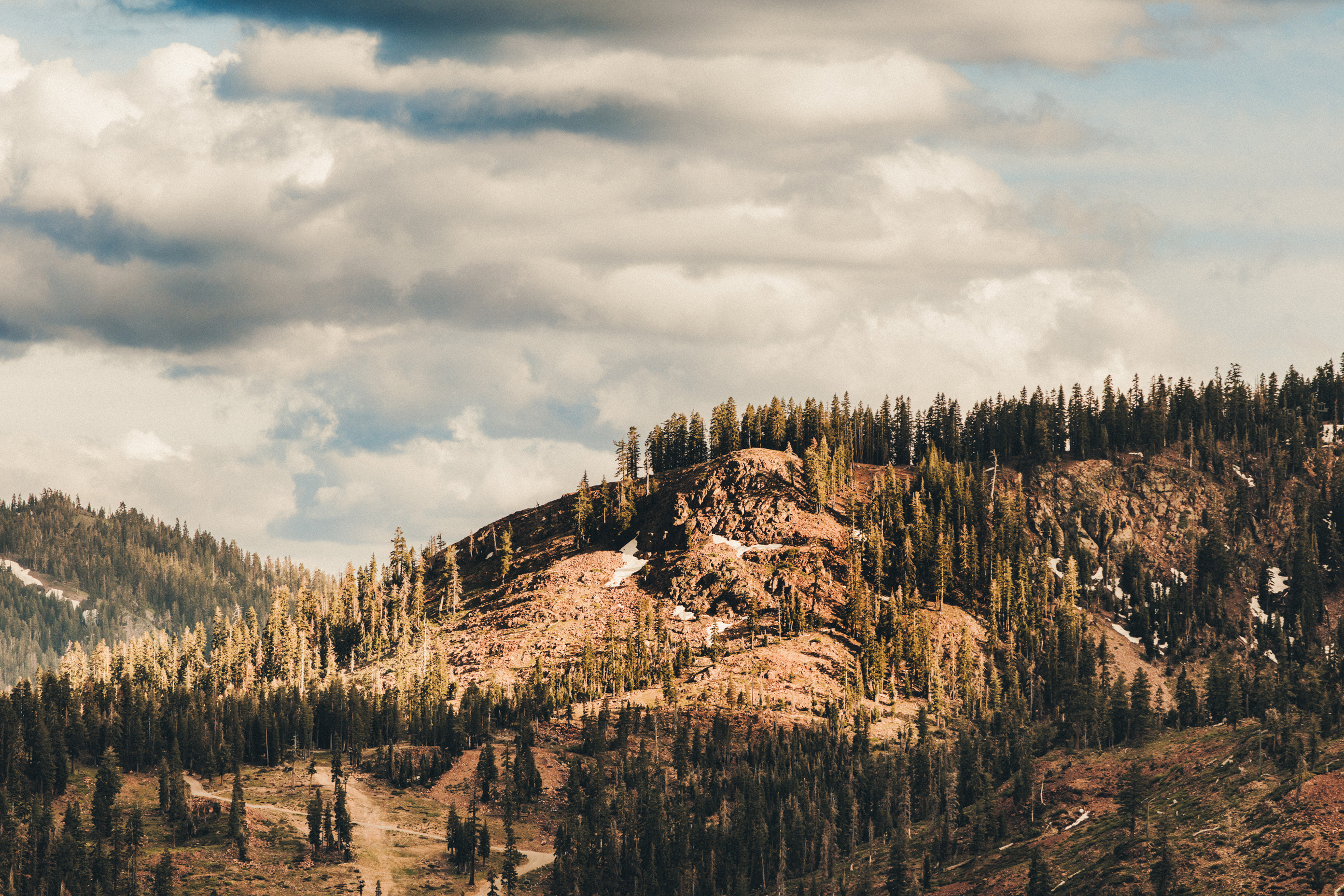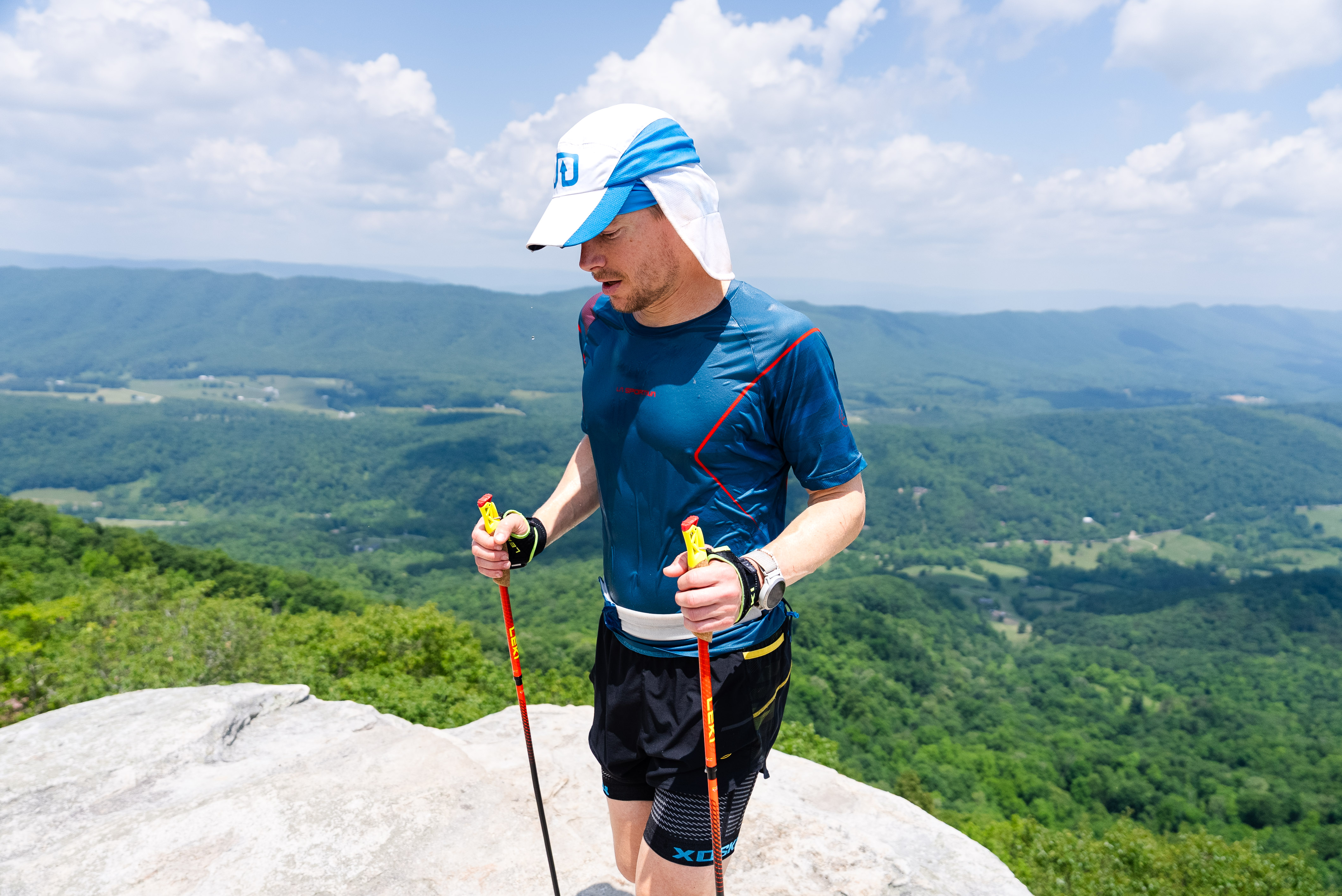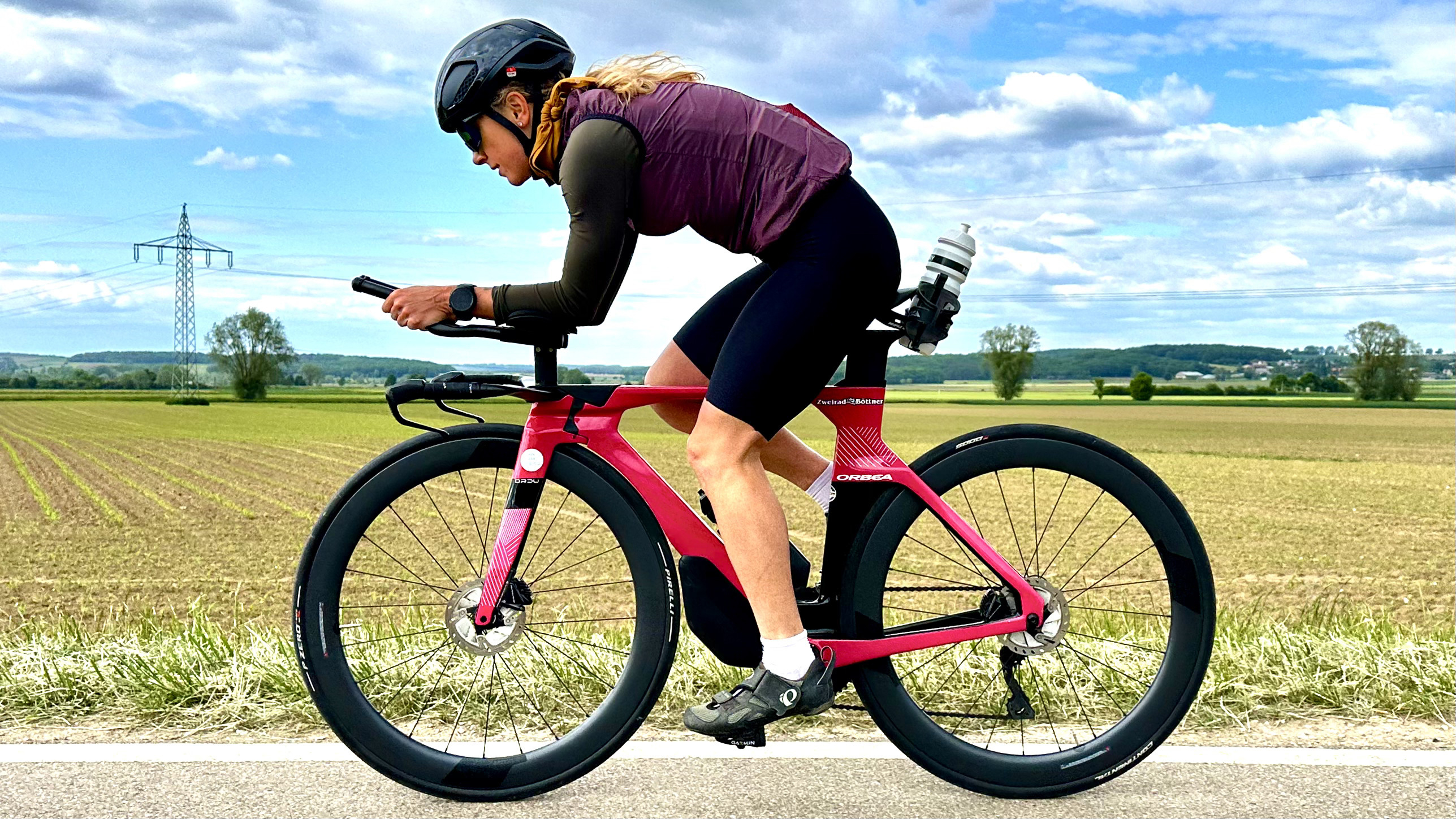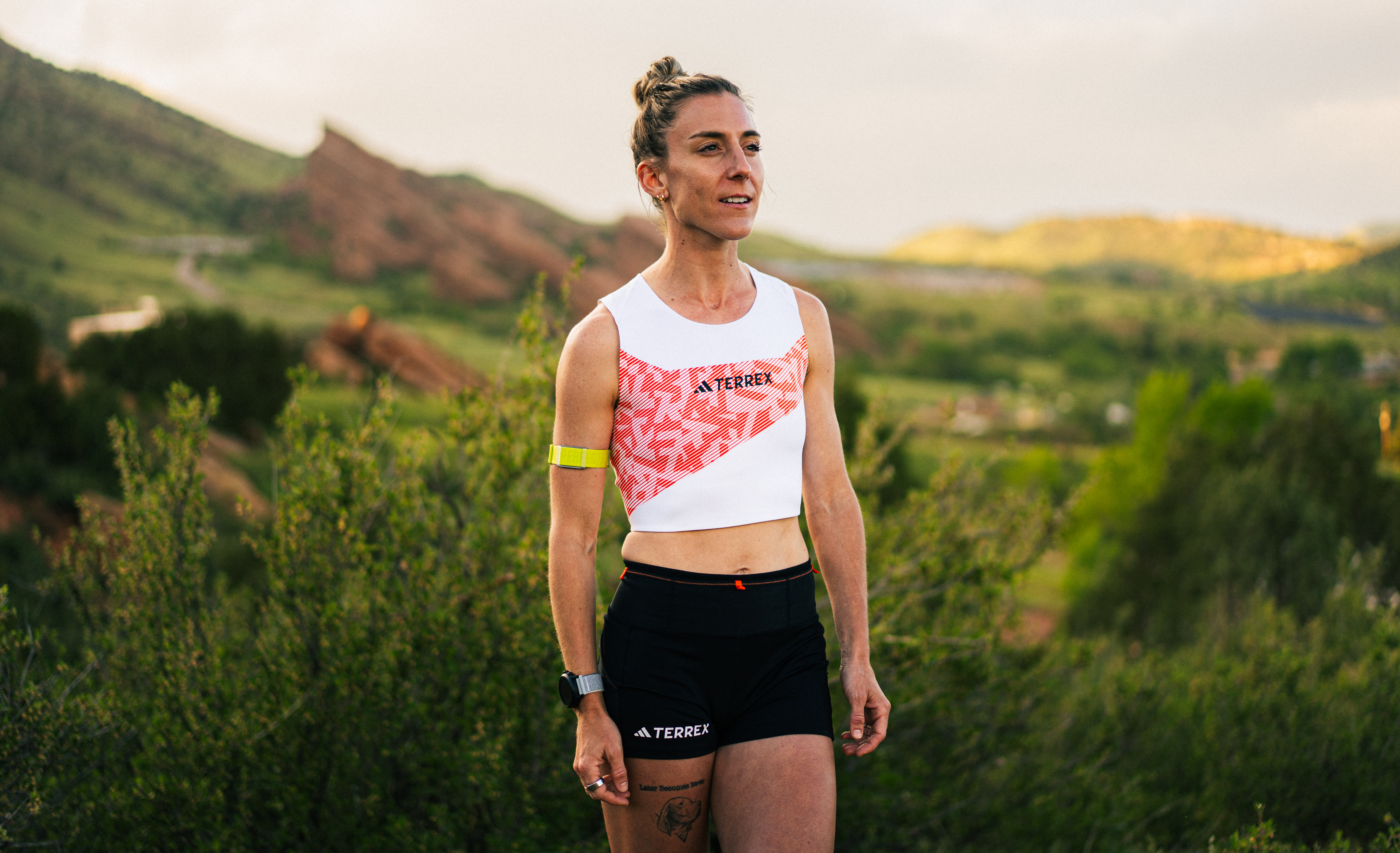What do you say when a friend invites you on an attempt to cross Europe’s largest ice cap by bike?
For me, when Chris Burkard asked if I was interested in a late-winter expedition across Iceland’s Vatnajökull Ice Cap, the answer was an immediate yes—questions came later. Even though I live in Arizona, I’ve come to love long, wintry fat bike adventures. A couple of winters ago, I pedaled across Alaska on the famed Iditarod National Historic Trail—one of my most memorable rides.
Vatnajökull wouldn’t be as long, but there was a different kind of uncertainty: we were relying on a firm freeze-thaw crust forming on top of the snow. Without it, we’d be pushing bikes instead of riding them.
Battling Early Conditions
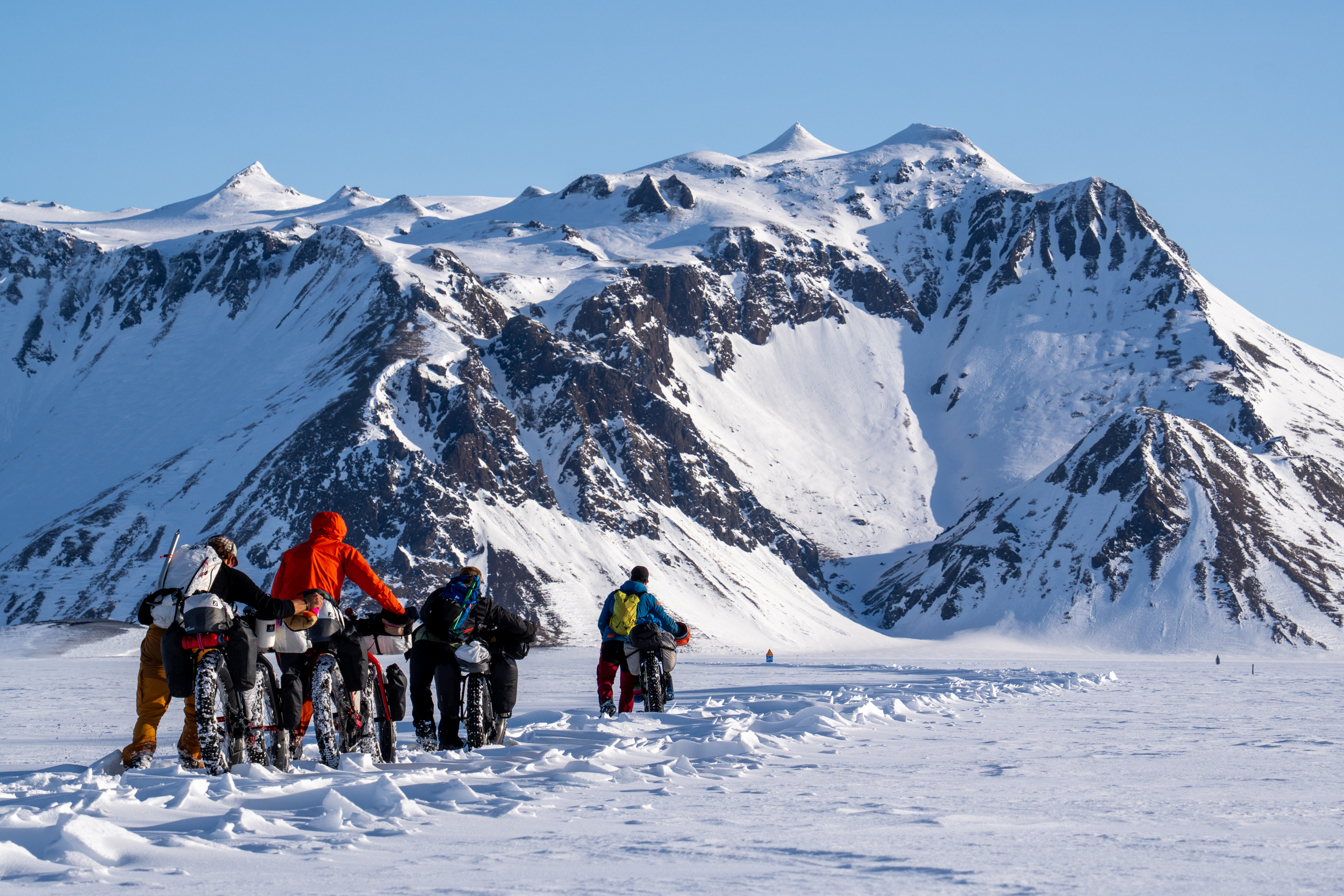
Kurt, Chris, and their crew battle the snowy terrain
The first few days were rough. Harsh snow conditions made it hard to even reach the ice cap, and we started questioning whether the crossing was possible at all. But slowly, things started to turn. By day five, we were halfway across the 90-mile span, watching the sunrise over distant peaks. For the first time, we truly believed the crossing would happen.
On day six, we descended 4,000 feet down Lambatungnajökull, our outlet glacier on the way to the coast. The crust was solid, the scenery was wild, and aside from navigating some crevassed ice, the morning’s ride was almost surreal.
Why I Chose the VERTIX 2S
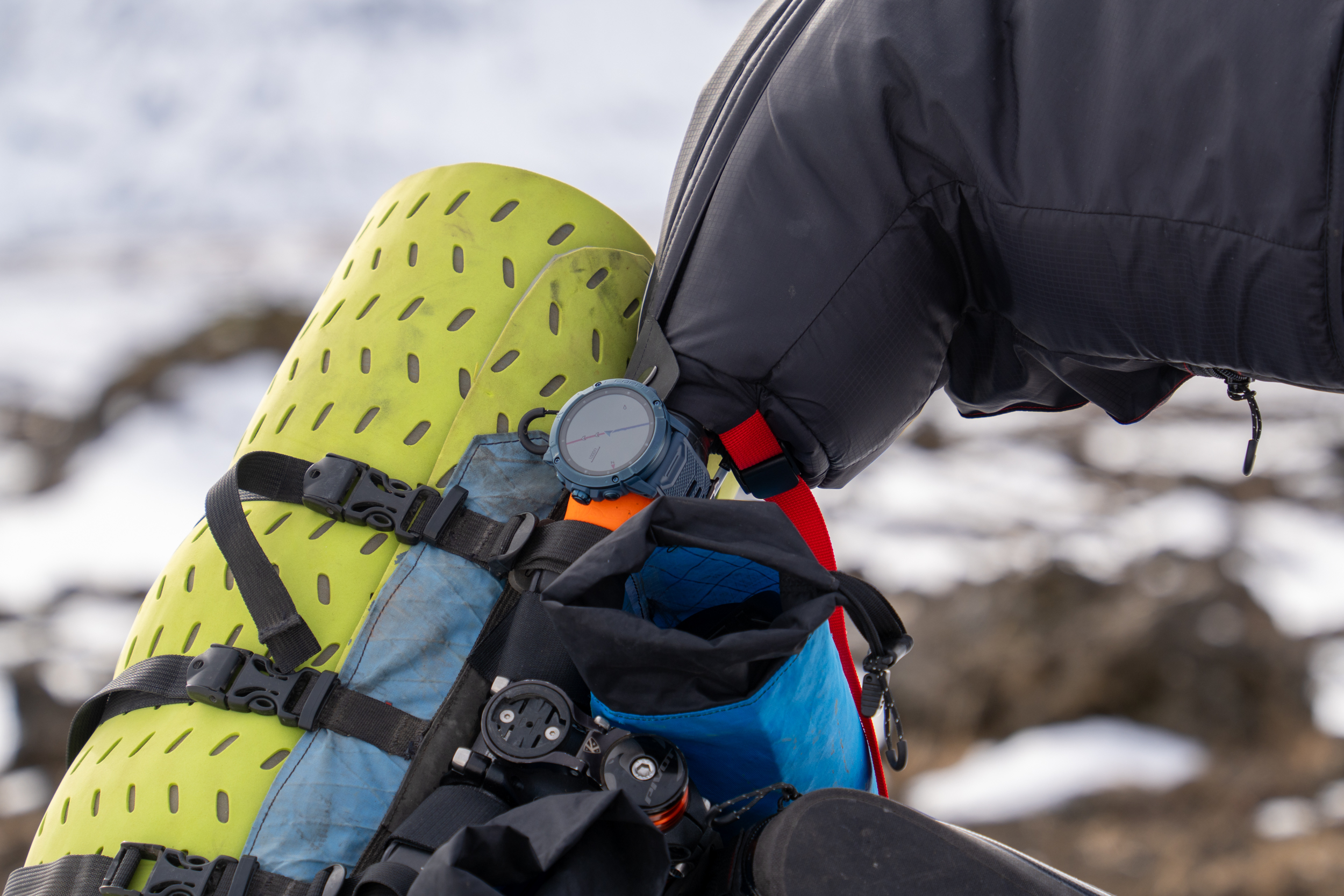
Kurt's VERTIX 2S and other gear on his handlebar
Normally, my go-to device for navigation and data collection is the COROS DURA. But winter expeditions and ice caps aren’t exactly typical riding scenarios. Leading up to this trip, I’d already been using the VERTIX 2S GPS adventure watch for backcountry skiing, and I decided to strap that same watch to my handlebars for this journey. It turned out to be the perfect fit.
Here’s why:
- Navigation Tools: Like the DURA, loading a route is simple. A red line appears on the map screen, and you just follow it. The topographic base map adds helpful context.
- Weather Monitoring: The built-in barometer shows atmospheric pressure trends, which I checked every morning to monitor approaching systems.
- Versatility: I needed a device I could use on the bike, in a tent, or inside a hut. The watch form factor made that seamless—plus, I needed an alarm for our 4 a.m. wake-ups.
- Battery Life: Six days of travel, one full charge. No need to worry about charging the watch during the trip.
Adapting to Winter Conditions
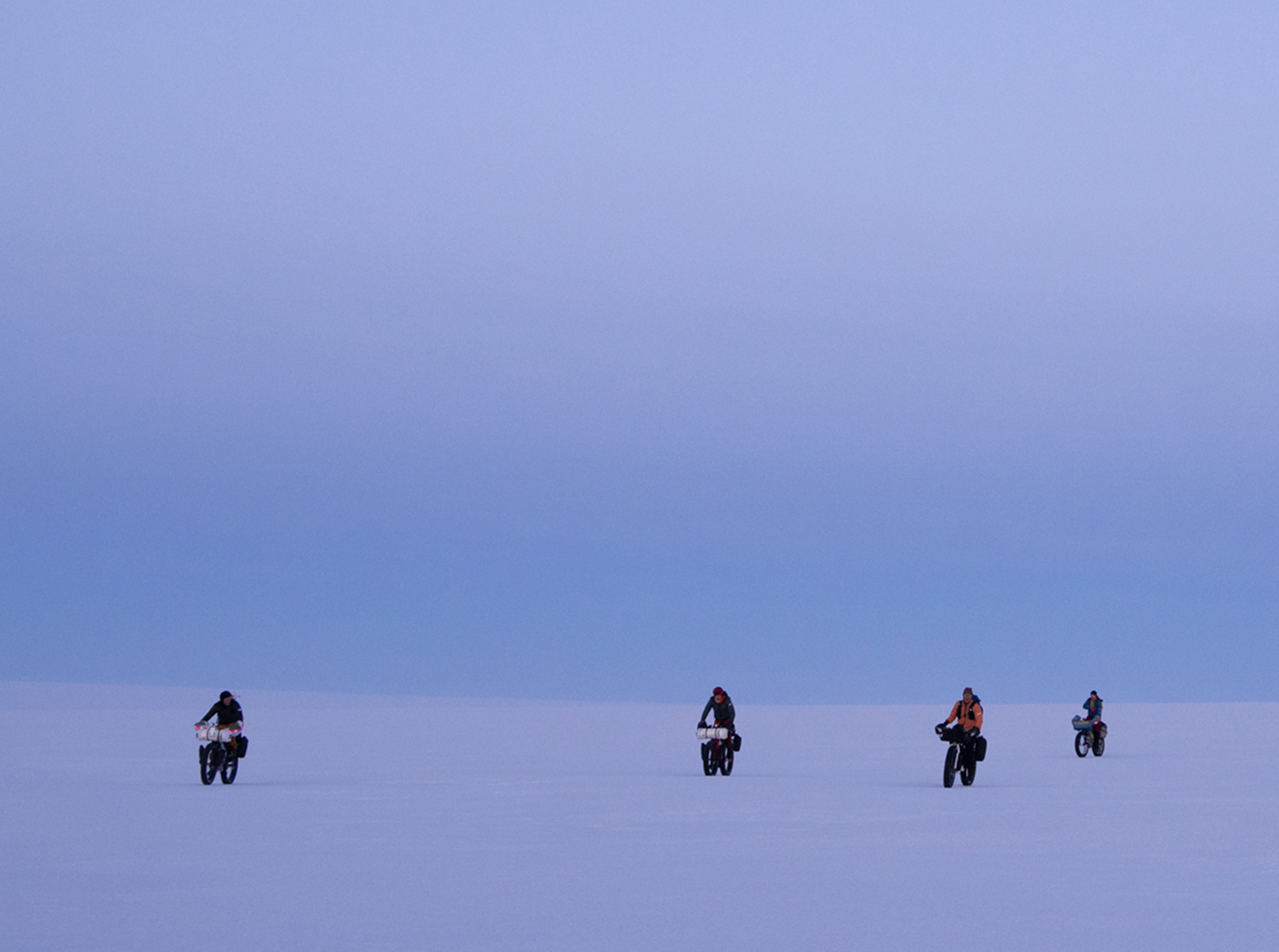
Cloudy skies in Iceland
Pre-loaded routes are useful, but in winter, the terrain can dictate your direction. In Iceland’s Central Highlands, strong winds and zero-visibility whiteouts are always a threat. Chris reminded us constantly how fast the weather can turn, especially on the ice cap where there’s nowhere to hide.
To prepare, I carried a handheld compass and configured one of my VERTIX 2S screens to show my current bearing. That way, even if visibility dropped, I’d have the tools to keep moving in the right direction. Luckily, we were treated to clear skies and calm conditions for two of our three days on the ice.
Final Thoughts
This was the first bike crossing of Vatnajökull, and it was everything I hoped it would be—challenging, remote, and unforgettable. Having a reliable GPS device like the VERTIX 2S made all the difference. It guided us, kept us safe, and lasted every mile of the journey. Just as we rolled into town, the battery finally dropped to 1%. It automatically saved the day's data, and shut off—as if it, too, knew the job was done.
/fit-in/0x18/coros-v2/images/common/logo_black.png)
